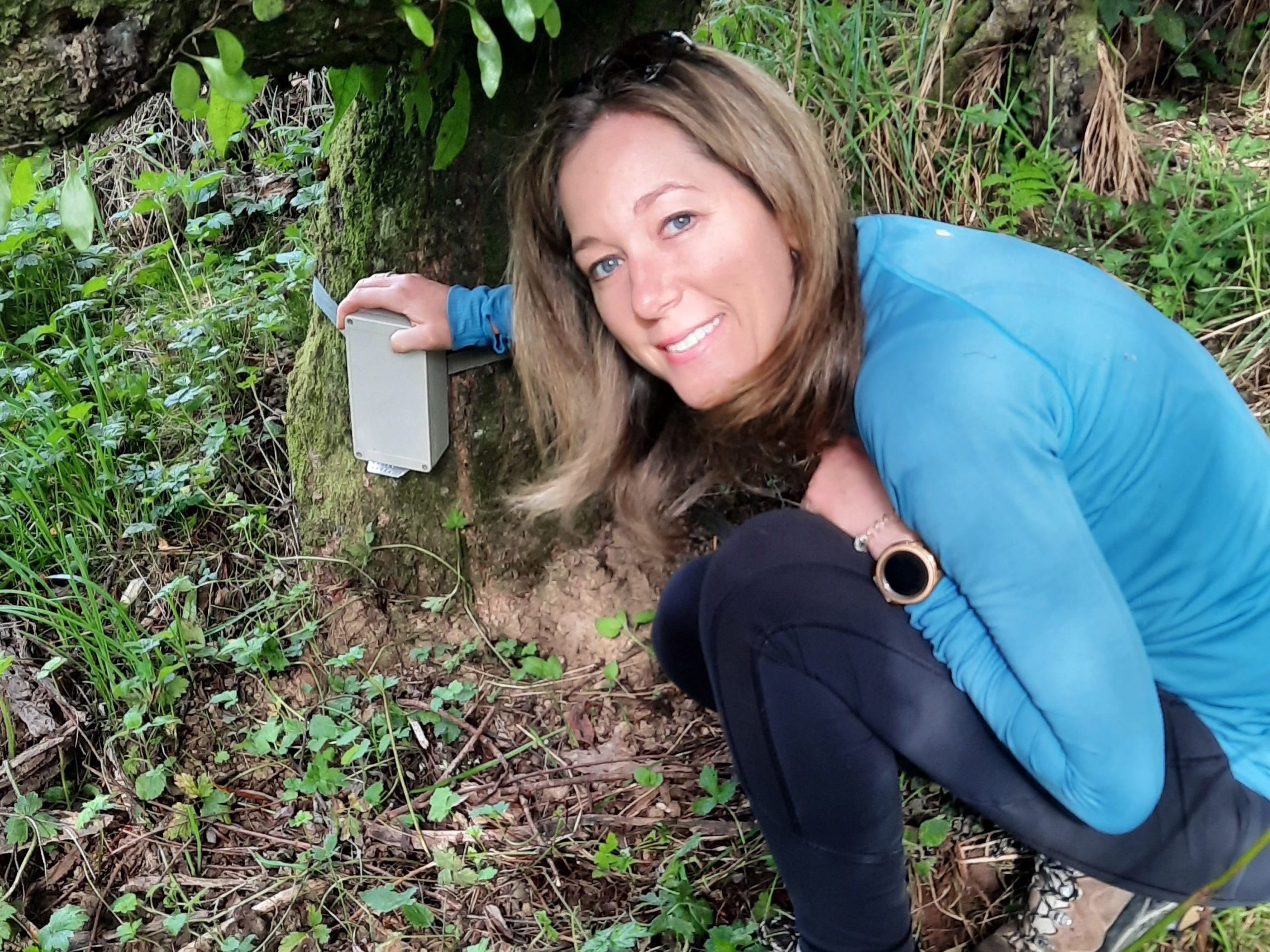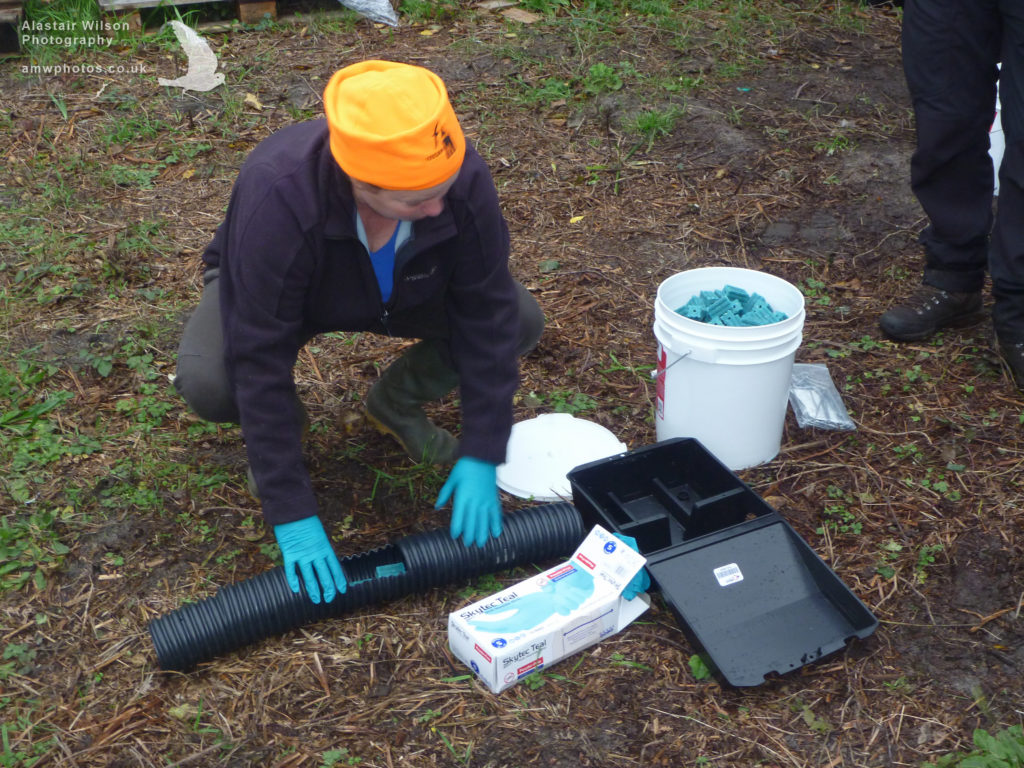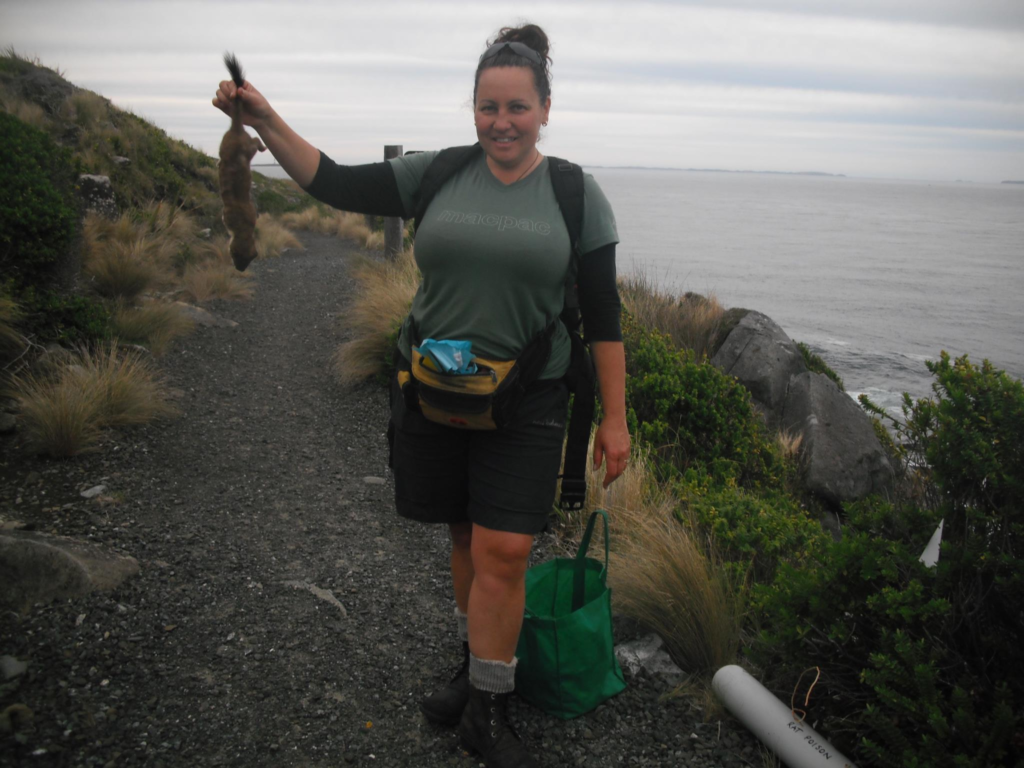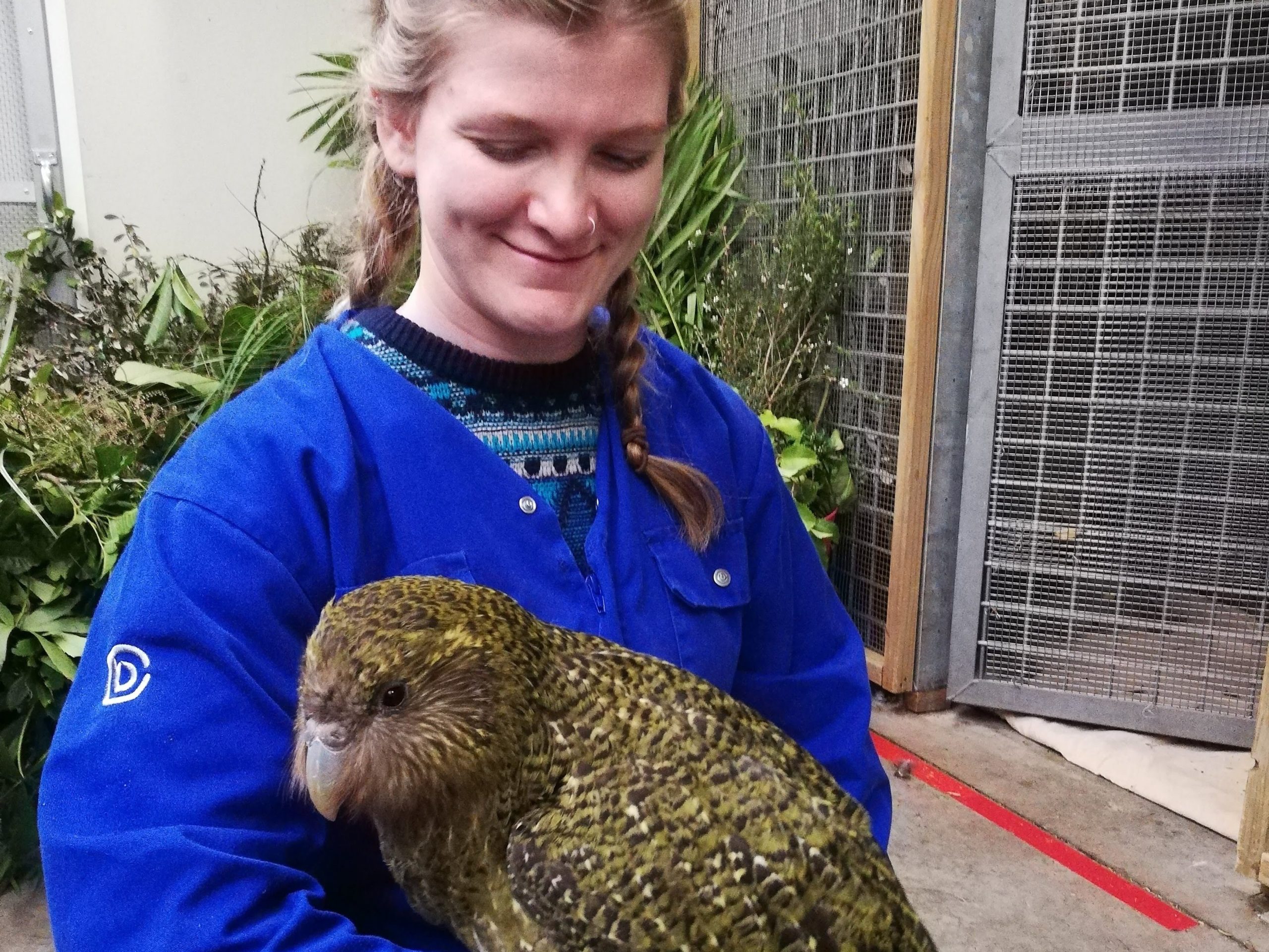Longlife lures. Burrowing birds. Cute kākāpō cartoons. What do all these things have in common? Amazing wāhine who are forwarding the predator free goal in a myriad of different ways. This International Women’s Day, we took a look at five women kicking some serious conservation goals.
Dr Helen Blackie: taking tech new places
To reach an ambitious goal, you’re going to need some ingenious thinking. New Zealand is investing heavily in new tech and tools to reach the Predator Free 2050 target. Helen Blackie is at the helm of several of these new, exciting developments happening in this space.
As a Senior Principal Biosecurity Consultant at Boffa Miskell, Helen spends a fair bit of her time managing research and development projects in pest management and conservation.
Read Helen’s full story.

Sara Smerdon: protecting Mahakirau

Every day conservation volunteers like Sara Smerdon work towards getting their patch predator free. But unlike most, Sara lives in the very forest she protects.
Sara and her husband are one of 24 landowners of The Mahakirau Forest Estate in the Coromandel – a native forest subdivision filled with rare species and protected forever by a special covenant.
Read Sara’s full story
Biz Bell: enterprising ecology
How do you make ecological expertise available to a wide range of groups, organisations and government entities? By running a world-leading environmental consultancy.
Biz Bell is doing just that with her company Wildlife Management International Ltd (WMIL). And in her work, Biz has managed projects that have successfully eradicated introduced predators from islands across the world – including Europe, the Pacific and Caribbean.
Read Biz’s full story

Estelle Pura Pera-Leask: teaching about our taonga

Māori values, practices and stories are integral to the predator free kaupapa, and Māori knowledge and energy is crucial to its success. Estelle Pura Pera-Leask is a key figure bringing Māori voices and expertise to the movement.
She represents Te Runanga o Ngai Tahu on the Southland Conservation Board and Te Runanga o Awarua on the Whenua Hou (Codfish Island) komiti.
Read Estelle’s full story.
Sarah Little: cartoons with a difference
Self-confessed bird nerd Sarah Little spends most days caring for kākāpo. She’s a Department of Conservation ranger out on predator free island Whenua Hou (Codfish Island) protecting our rare kākāpō from extinction.
Even in her spare time, Sarah is creating art with a message. Her popular cartoons are making the predator free movement fun and accessible.
Read Sarah’s full story.


